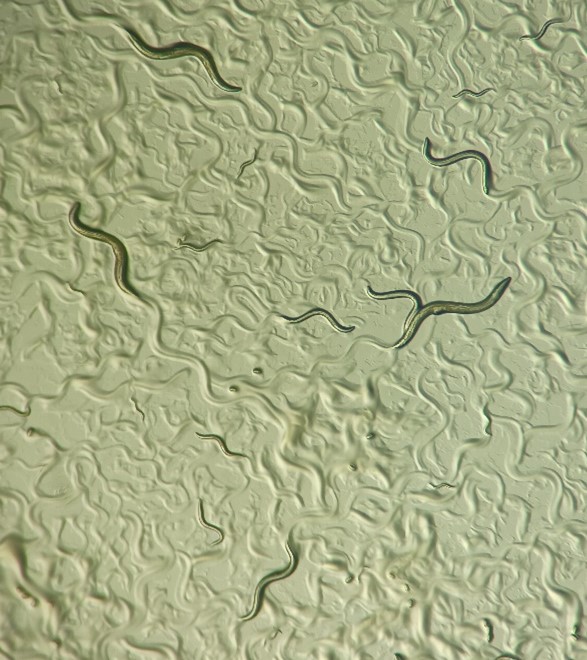The experiments use the model organism Caenorhabditis elegans and its natural pathogen, Orsay virus, to characterize the dynamics of infection under muon-free conditions.
To analyze worm development under these experimental conditions, fecundity and offspring assays are carried out, and egg laying and progeny are quantified daily in infected and uninfected worms. This provides insight into whether the absence of radiation has any effect on fertility and nematode development.
To characterize the temporal progression of infection, samples are taken from synchronized, infected and uninfected control worms from egg hatching to the last larval stage. These samples are processed at the home center laboratory to quantify viral load by qRT-PCRs and to analyze the worm transcriptome by RNA sequencing.
The next steps in the realization of this experiment include the use of a clinostat, equipment that manages to generate microgravity in the cultures. The objective is to simulate the conditions that occur in space (absence of gravity and muons), and to study how they affect the development and infection of C. elegans.


